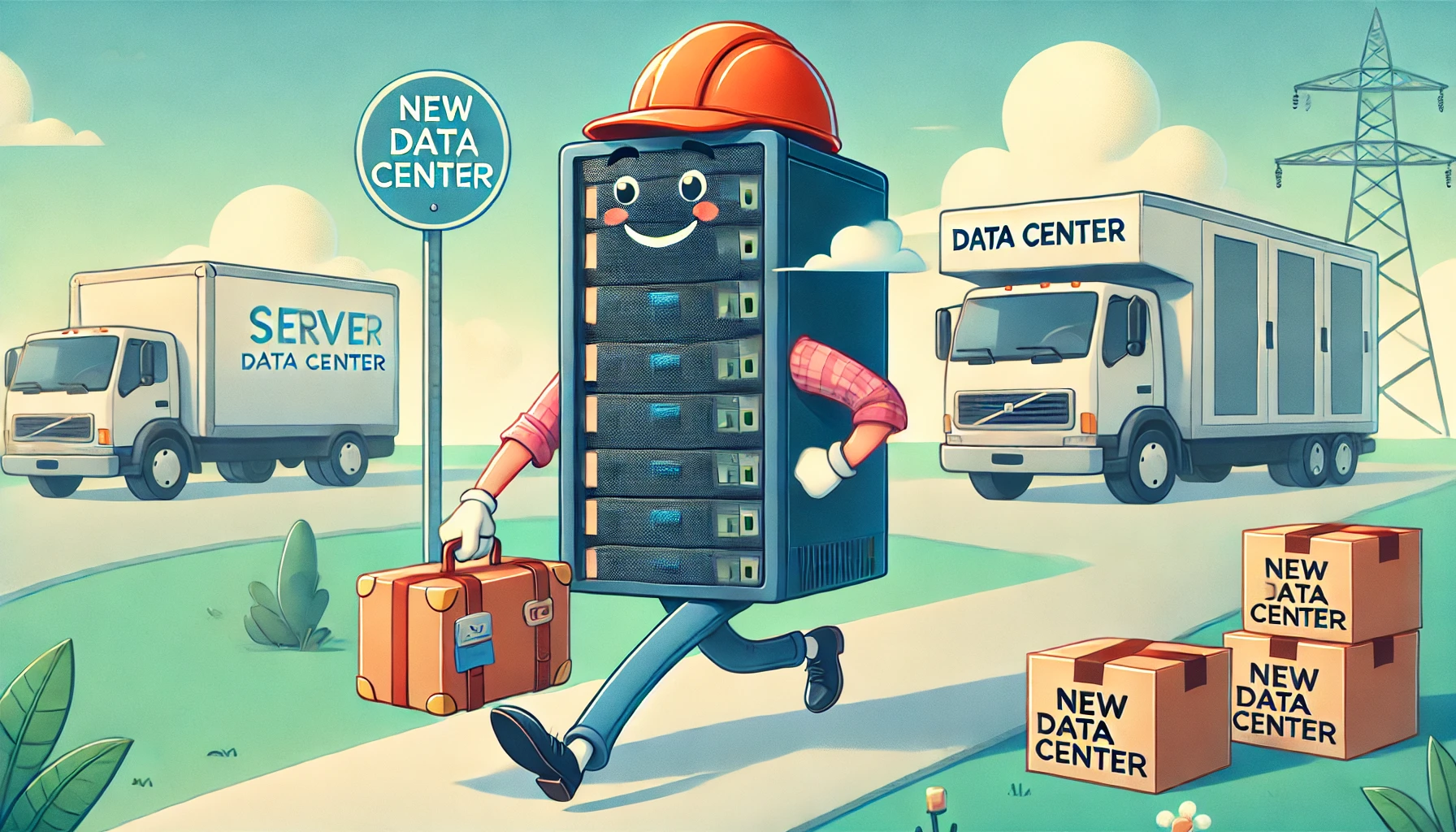Migrating to a New Domain Controller
Migrating to a New Domain Controller: A Smooth Transition Guide
Migrating to a new domain controller might sound like a daunting task, but with the right steps and some preparation, you can make it a seamless process. Follow this guide to ensure everything runs smoothly!
1. Pre-Migration Checks: Get Ready Before You Start
Before you jump into the migration, it’s important to do a few checks to ensure everything’s good to go:
- Check the functional level of the old domain controller — make sure it’s supported!
- If you’re still using FRS (File Replication Service), it’s time to upgrade to DFSR (Distributed File System Replication) for SYSVOL. Remember, this requires a domain functional level of 2008 or higher.
How to Check the Forest Functional Level
You can check your forest functional level using a simple PowerShell command:
1
Get-ADForest | fl Name,ForestMode
Raising the Forest Functional Level
If your forest functional level needs an upgrade, follow these steps:
- Open Administrative Tools from the Start menu.
- Launch Active Directory Domains and Trusts.
- Right-click Active Directory Domains and Trusts in the left pane and choose Raise Forest Functional Level.
Raising the Domain Functional Level
Need to raise the domain functional level? No problem:
- From the Server Manager panel, click on Tools and then select Active Directory Users and Computers.
- Right-click on the root domain from the pane on the left, and then click on Properties.
- Choose the appropriate level from the list and click Raise.
Tip: Speed up replication across your domain by running this command:
2. Migrate SYSVOL from FRS to DFSR: Step-by-Step
Now that you’ve confirmed your domain is ready, it’s time to migrate SYSVOL from FRS to DFSR. Let’s break it down step by step.
Step 1: Check SYSVOL Status
First, ensure that SYSVOL is shared and healthy. You can confirm this with:
1
Dcdiag /e /test:sysvolcheck /test:advertising
Step 2: Migrate to the Prepared State
Once everything checks out, start migrating to the Prepared state:
1
Dfsrmig /setglobalstate 1
Now, wait until all Domain Controllers are in the Prepared state. You can monitor the migration status with:
1
Dfsrmig /getmigrationstate
If the result shows that SYSVOL is already using DFSR and in the eliminated state, you’re all set! This means your domain is already using DFSR, and you can skip the migration steps.
Step 3: Migrate to the Redirected State
Once you’re ready, migrate to the Redirected state:
1
Dfsrmig /setglobalstate 2
Wait until all Domain Controllers are in the Redirected state. Again, check the status with:
1
Dfsrmig /getmigrationstate
Step 4: Migrate to the Eliminated State
Finally, migrate to the Eliminated state:
1
Dfsrmig /setglobalstate 3
Once all Domain Controllers are in this state, the SYSVOL migration to DFSR is complete!
3. Installing Active Directory on the New Server
With SYSVOL now migrated and your domain controller at the correct functional level, it’s time to install Active Directory on your new server.
- Install the Active Directory Domain Services (AD DS) role.
- Promote the new server to a domain controller and add it to your existing forest.
4. Transfer FSMO Roles: Handing Over Responsibilities
Planning to decommission your old domain controller? You’ll need to transfer the FSMO (Flexible Single Master Operation) roles to your new server. Typically, these five roles are held by the first domain controller in your forest root domain.
How to Check FSMO Roles
Domain-Level FSMO Roles:
1
Get-ADDomain | select InfrastructureMaster, PDCEmulator, RIDMaster
Forest-Level FSMO Roles:
1
Get-ADForest | select DomainNamingMaster, SchemaMaster
How to Transfer FSMO Roles
Ready to move the FSMO roles? Here’s what you need to do:
Transfer the PDC Emulator Role:
1
Move-ADDirectoryServerOperationMasterRole -Identity "dc2" PDCEmulator
Transfer the RID Master Role:
1
Move-ADDirectoryServerOperationMasterRole -Identity "dc2" RIDMaster
Transfer the Infrastructure Master Role:
1
Move-ADDirectoryServerOperationMasterRole -Identity "dc2" InfrastructureMaster
Transfer the Domain Naming Master Role:
1
Move-ADDirectoryServerOperationMasterRole -Identity "dc2" DomainNamingMaster
Transfer the Schema Master Role:
1
Move-ADDirectoryServerOperationMasterRole -Identity "dc2" SchemaMaster
5. Finalizing the Migration: Wrapping Things Up
You’re almost done! Once the FSMO roles have been transferred and your new server is fully functioning as the primary domain controller, there are just a few final touches to ensure everything is running smoothly.
Here are some important steps to finalize your migration:
- Update your DHCP settings: Make sure your DHCP scope is updated to include the new domain controller as a DNS server. This ensures clients are properly directed to the new controller.
- Check static IP configurations: Don’t forget to update any statically configured network devices (such as servers, printers, or network hardware) to point to the new domain controller for DNS and other services.
- Backup your new domain controller: Before decommissioning the old server, take a backup of your new domain controller to ensure you have a restore point if needed.
Once you’ve completed these checks, you can safely decommission the old server if it’s no longer needed.
By following this step-by-step guide, you’ll ensure a smooth and successful migration to your new domain controller, keeping your Active Directory environment healthy and secure!
